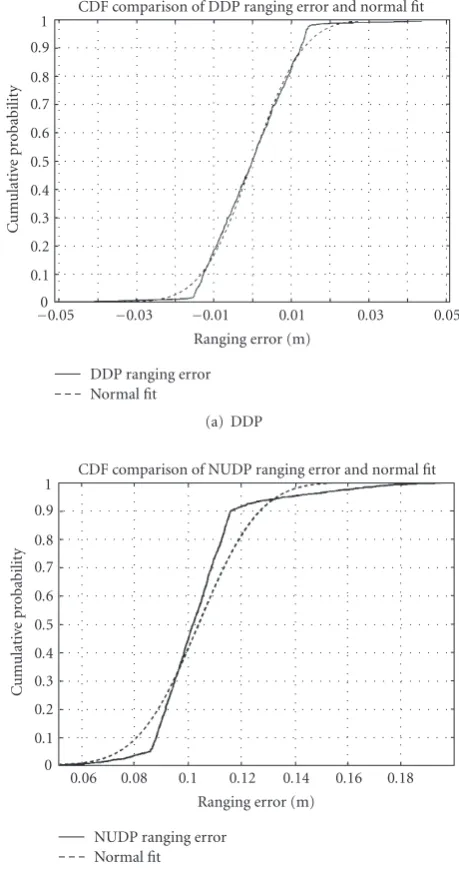A Markov Model for Dynamic Behavior of ToA-Based Ranging in Indoor Localization
Full text
Figure




Related documents
In Switzerland, however, there were approximately three times more deaths caused by alcohol than prevented among men, and twice as many among women, accounting for the opposite
The first measure captures the consis- tency between individual gender attitudes and couples’ general WFA to create four groups of individuals: the consistent egalitarians
Inzulinomi ili tumori stanica Langerhansovih otočića i tumori nadbubrežne žlijezde čine većinu neoplazija od kojih obolijevaju tvorovi te su posebno česti u životinja
Others should be included who are involved in the design, implementation, and day-to-day running of the cloud, such as the virtualization administrator, storage manager,
Iron(III) ions were shown to be gradually reduced by each of the indole-3-alkanoic acids with n -alkanoic side- chains C 1 to C 4 in acidic aqueous media under aerobic
Vaccination with Brucella recombinant DnaK and SurA proteins induces protection against Brucella abortus infection in BALB/c mice. Cloeckaert A, Bowden
Mutations of TP53 are related with endometriosis adjacent to ovarian cancer, but they were not observed in benign endometriotic lesions without cancer.. Newer studies suggest
It has the functionality of creating, growing and geo- referencing the SfM models; locating the position of the user in the model; extracting the obstacles from the point cloud